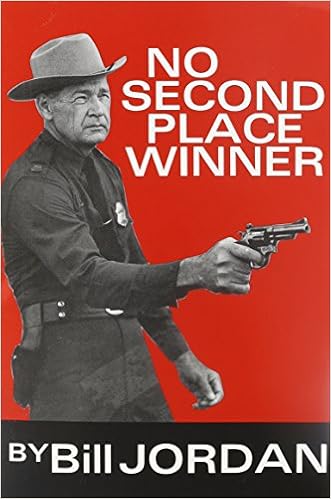The 21-Foot Rule: Why Is It Important?
I often chuckle when reading the myriad of posts online (here and elsewhere) extolling the virtues of great feeling triggers and the wonderful sight picture you get with tritium sights. Etc., etc.....
Actually all that stuff has its place at IPSC matches and sunny afternoon range sessions. What gives me pause to smile a bit though is when all this stuff gets applied to the real world situation when the weapon designed to be used in a totally instinct driven reaction is in fact used in the aforementioned scenario.
Trouble on the way, two seconds to draw, fire, and hopefully neutralize the threat.
I just have no concept of how a nice crisp trigger break or the “advantage of night sights”, or other such jetsam is going to make much of a difference. Really.
Find some lucky soul who has survived an armed confrontation. Odds are he/she won’t remember a flipping thing about whether or not it was a gritty trigger, or had a 5 lb. or 7 lb. pull.
Such detail is well received in recreation oriented shooting. Hardly in save your life shooting.
But then...that’s only one way to look at things.
I often chuckle when reading the myriad of posts online (here and elsewhere) extolling the virtues of great feeling triggers and the wonderful sight picture you get with tritium sights. Etc., etc.....
Actually all that stuff has its place at IPSC matches and sunny afternoon range sessions. What gives me pause to smile a bit though is when all this stuff gets applied to the real world situation when the weapon designed to be used in a totally instinct driven reaction is in fact used in the aforementioned scenario.
Trouble on the way, two seconds to draw, fire, and hopefully neutralize the threat.
I just have no concept of how a nice crisp trigger break or the “advantage of night sights”, or other such jetsam is going to make much of a difference. Really.
Find some lucky soul who has survived an armed confrontation. Odds are he/she won’t remember a flipping thing about whether or not it was a gritty trigger, or had a 5 lb. or 7 lb. pull.
Such detail is well received in recreation oriented shooting. Hardly in save your life shooting.
But then...that’s only one way to look at things.





